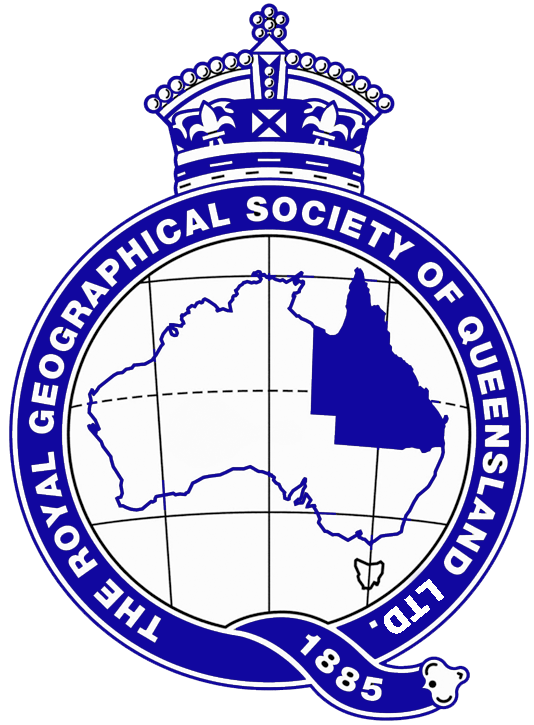Map Group Event
RGSQ recommends that all attendees at this event be fully vaccinated against COVID-19 or exempt.
Presenter: Keith Treschman, Map Group and RGSQ Member
 Overview: Frederick Wilhelm von Struve 1793-1864 was a German working for the Russian tsar Nicholas in Latvia, then under Russian control. By the method of triangulation, he used 258 triangles, 265 station points, 13 points measured astronomically and produced the Struve Geodetic Arc. It took 1816-55 across Norway, Sweden and Russia, but now that covers the nations Norway 4, Sweden 4, Finland 6, Russia 2, Estonia 3, Lithuania 22, Latvia 2, Ukraine 4, Belarus 5 and Moldova 1.
Overview: Frederick Wilhelm von Struve 1793-1864 was a German working for the Russian tsar Nicholas in Latvia, then under Russian control. By the method of triangulation, he used 258 triangles, 265 station points, 13 points measured astronomically and produced the Struve Geodetic Arc. It took 1816-55 across Norway, Sweden and Russia, but now that covers the nations Norway 4, Sweden 4, Finland 6, Russia 2, Estonia 3, Lithuania 22, Latvia 2, Ukraine 4, Belarus 5 and Moldova 1.
It approximates 26° E from 70° N in the Arctic to 45° N at the Black Sea. He used chains of 66 feet length made of brass with 100 links. He was at the observatory in Dorpat, now Tartu, in Russian Estonia.
The arc was 2821 km long. He measured the quadrant as 10 002 174 m x 4 for circumference is 40 008 696 m. Eratosthenes produced 38 624 000 m. Using satellites, NASA gives 40 007 017 m. Struve was 1679 m longer, a 0.004% difference.
There are 34 markers remaining in place, and these were declared a United Nations World Heritage Site in 2005.
Triangulation was invented in the 17th century as a new method of measurement of distances. A series of points were laid out in the landscape in a triangle configuration. The distance between two points needs to be measured. After that, from each point, angles were measured between all the other points that could be seen from that point using a theodolite. A theodolite is basically a telescope on a tripod with scales showing exactly in which position it's turned, and crosshairs and knobs to fine-tune its direction.
Costs: $2:00 contribution towards morning tea
Limit: 30. Registration on the website is required. This presentation will NOT be recorded or offered as a ZOOM viewing.
Coordinator: Kay Rees
